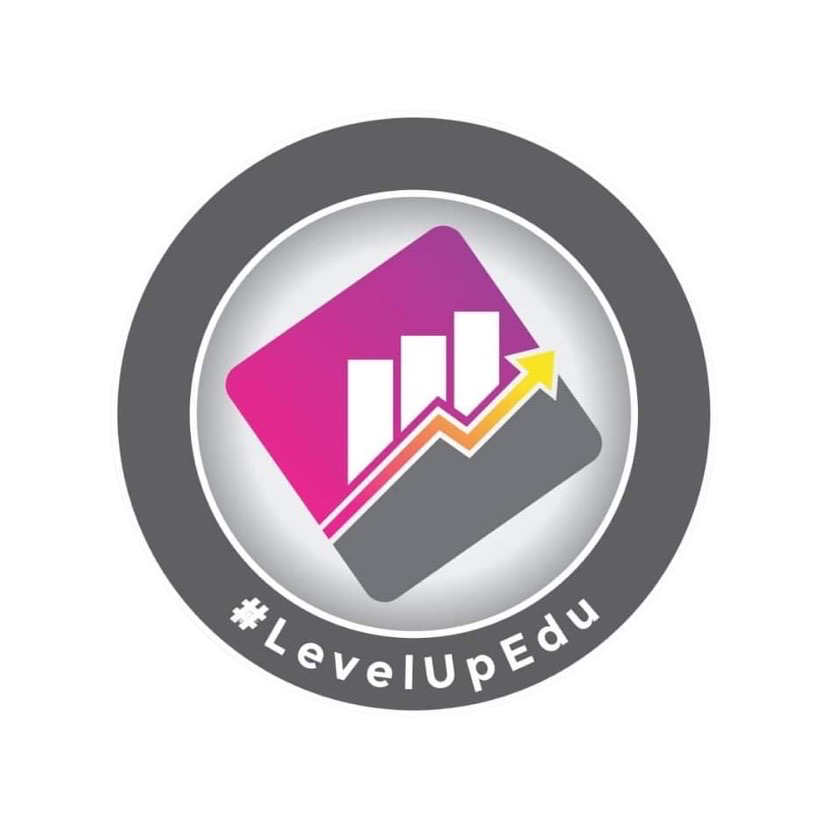Empowering Literacy Learning Through Structured Multisensory Instruction
Structured Literacy

Structured literacy is an evidence-based approach to teaching literacy skills that is systematic, explicit, and highly structured. It is designed to help individuals, particularly those with dyslexia and other language-based learning differences, develop strong foundational skills in reading, writing, spelling, and language comprehension.
As the name suggests, structured literacy is a structured and sequential teaching methodology that follows a logical progression of skills. This approach breaks down language concepts into smaller, manageable parts and teaches them in a specific order, starting with basic phonological awareness and phonics and gradually building to more complex language skills.
Structured literacy instruction incorporates multisensory techniques, such as using visual, auditory, and kinesthetic modalities, to engage learners and reinforce learning. It also emphasizes explicit instruction, providing clear explanations, modeling, guided practice, and systematic feedback to ensure mastery of skills. By addressing the underlying principles of language and literacy, structured literacy helps learners develop strong decoding, encoding, fluency, and comprehension skills essential for academic success.
The Orton-Gillingham approach is a time-tested and highly effective method for teaching literacy skills, particularly to individuals with dyslexia and other language-based learning differences. Developed by Samuel T. Orton, a neurologist, and Anna Gillingham, an educator, in the early 20th century, this approach has revolutionized how we understand and support struggling readers. Based on reading data trends, there is a great need for general education teachers and teachers of special education to develop expertise in the Orton Gillingham approach to teaching structured literacy, with an emphasis on explicit phonics instruction and the use of multisensory strategies.
At its core, Orton-Gillingham is based on structured, sequential, and multisensory instruction. Students learn through seeing, hearing, and doing, engaging multiple senses to reinforce learning and improve memory retention. This approach breaks down language skills into manageable parts, starting with phonemic awareness and phonics, and gradually building to more complex reading and writing skills. Teachers benefit from this structured framework within which they adapt instructional sequences to the specific needs of students.
One of the key strengths of Orton-Gillingham is its individualized nature. Teachers tailor instruction based on ongoing assessments and student progress, providing targeted interventions and support where needed. Lessons are explicit and direct, with clear explanations, modeling, guided practice, and feedback to ensure understanding and mastery. Orton-Gillingham is not just about teaching reading and writing; it also fosters confidence, resilience, and a positive attitude towards learning. By providing a structured and supportive framework, students with dyslexia can develop essential literacy skills, improve comprehension, build vocabulary, and gain fluency in reading and writing.
Moreover, the Orton-Gillingham approach is versatile and applicable across different age groups and learning settings. Whether in a one-on-one session or a small group classroom setting, educators can implement Orton-Gillingham, strategies to meet diverse learning needs effectively. In essence, Orton-Gillingham empowers educators and students alike by equipping them with research-based strategies, personalized instruction, and the tools needed to succeed in reading, writing, and language skills. With structured literacy, educators offer a beacon of hope for individuals with dyslexia, allowing students the opportunity to unlock their full potential and thrive in their academic journey.
